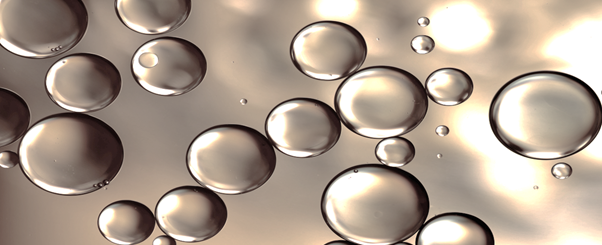Lipids are an unsung component in the two mRNA-based shots, the only vaccines to be approved so far in the US. Naked mRNA quickly degrades in the body and can trigger an unwanted immune reaction. To get the genetic material to its target cells, vaccine developers combine it with a mixture of several sophisticated lipids to form lipid nanoparticles, or LNPs. mRNA vaccine producers use a package of 4 lipids to formulate their LNPs:
| An ionizable cationic lipid that encapsulates the negatively charged mRNA |
| PEGylated lipid that helps control particle life and size |
| Distearoylphosphatidylcholine (DSPC), a phospholipid that helps form the structure of the LNP |
| Cholesterol, which also contributes to structure |
While the biopharmaceutical companies struggle to respond to huge demand for their messenger RNA (mRNA) COVID-19 vaccines, suppliers of the specialty lipids needed to deliver the vaccines are scrambling to keep up the demand.
Very few companies in the world supply these custom lipids in significant quantities and to the standards needed for vaccine production.
To meet the high demand for lipids, a key component of mRNA-based vaccines and therapeutics, Merck, a leading science and technology company with their decades of experience in developing and manufacturing high quality lipids, has launched their new SAFC® synthetic cholesterol – a high purity synthetic product to market nine months ahead of schedule.
This neutral lipid, used in commercially marketed products, is more than 99 per cent pure; offers high batch-to-batch consistency and is scalable under commercial Good Manufacturing Practice (GMP). With the introduction of new SAFC synthetic cholesterol product, Merck has increased their capacity by 50 times, thereby augmenting biomanufacturers to bring life-saving therapies to patients.
As India is witnessing a rapid rise in the cases of Mucormycosis or black fungus, the demand for Liposomal Amphotericin B (LaMB) has surged. Lipids, one of the raw materials used to manufacture the LaMB, is in shortage. The demand for lipids has increased 10 times in past couple of months. The problem is further exacerbated as there are only limited manufacturers of the lipid globally. To meet this demand, Indian manufacturer’s specializing in Lecithins and Phospholipids too have now stepped up to increase its capacity for lipids by the end of 2021.
The floating traffic jams off ports. The multiplying costs of moving freight. The resulting shortages of goods. All of this had seemed like an unpleasant memory confined to the COVID-19 pandemic. But no such luck!
An ocean container capacity crunch has hit global trade just as peak shipping season starts, with freight spot rates up some 30% over the past few weeks and heading higher.
The first joint Europe-wide assessment of the drivers and impact of chemical pollution by the European Environment Agency (EEA) and the European Chemicals Agency (ECHA) has concluded that, despite progress in some areas, “more work is still needed to reduce the impact of harmful substances on human health and the environment”. Key findings include:
The severe drought which has forced the Panama Canal, one of the world’s busiest trade passages, to limit daily crossings could impact global supply chains during a period of high demand.
In the early hours of March 26, the Singapore-flagged ship Dali, loaded with 5,000 containers, slammed into Baltimore’s Francis Scott Key Bridge, causing the 1.6-mile (2.5-kilometer) bridge to collapse in a matter of seconds. The Dali was departing for Colombo when the disaster struck. Initial fears were confirmed that half a dozen people lost their lives in the accident.
The pharmaceutical and biotechnology industries constantly seek innovative methods to enhance product stability, solubility, bioavailability and ease of use. Within this realm, CDMOs [Contract Development & Manufacturing Organizations] serve as invaluable partners in the development and production of high-quality drug products.
Chinese New Year 2024 is upon us, disrupting logistics from Asia starting Feb 10th. This event is expected to impact global shipping until Feb 21. Freight rates from Asia has skyrocketed with rates to the US surging by 3.5X and Europe by 6X.
Amid ongoing Red Sea diversions by shipping giants like Maersk, CMA, logistics managers are globally confronting a dual challenge of escalating ocean and air freight prices alongside cargo disruptions due to
Why will CM be the next generation on quality?
